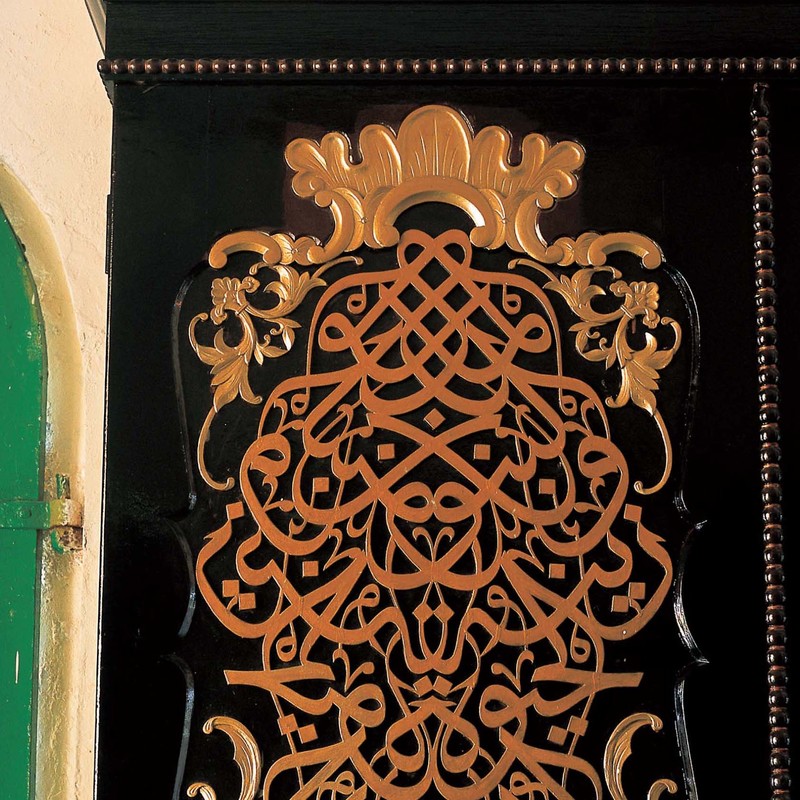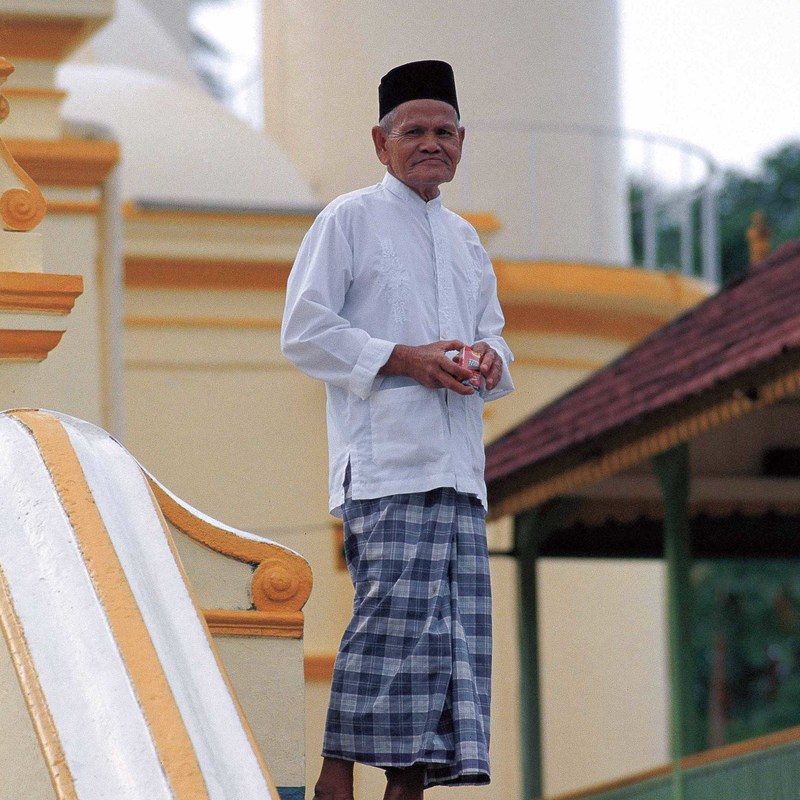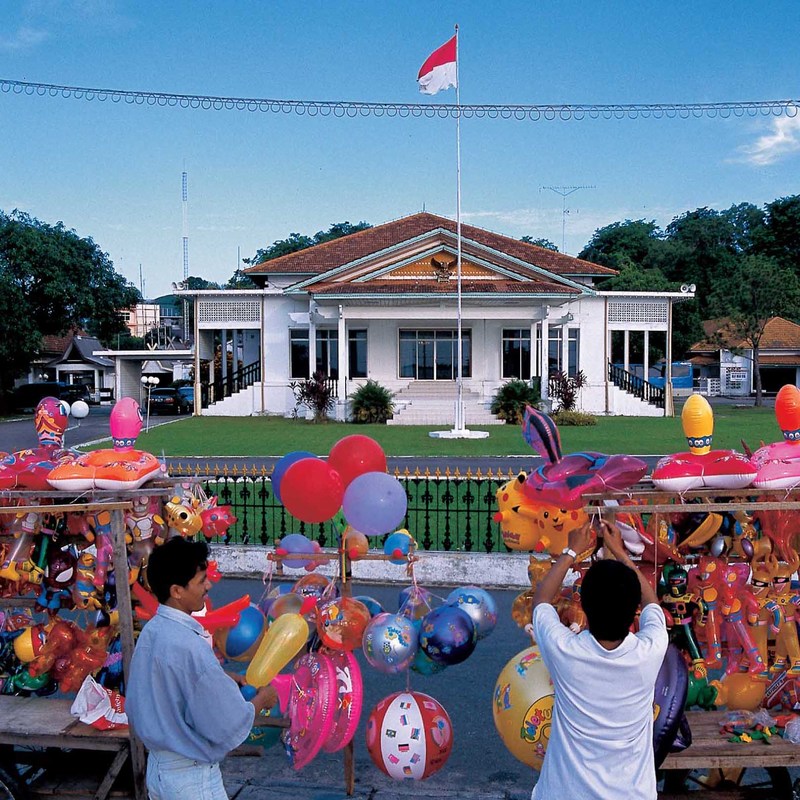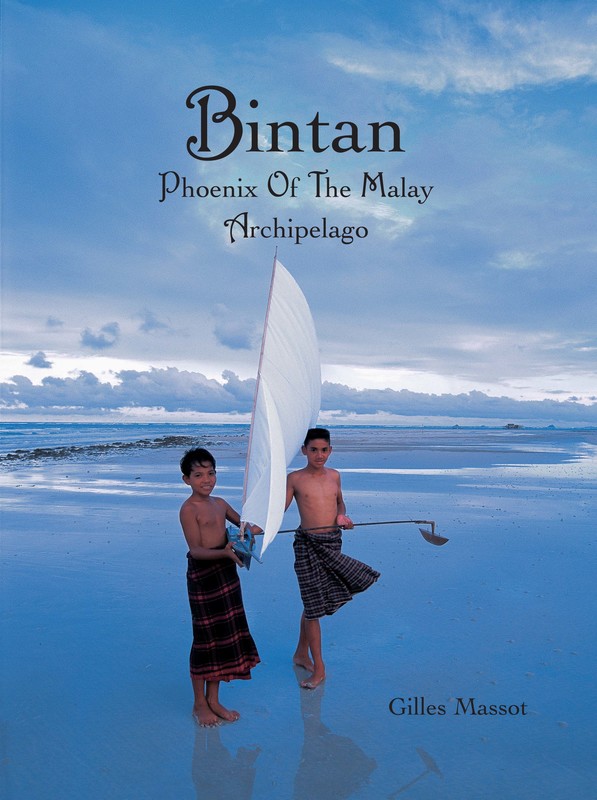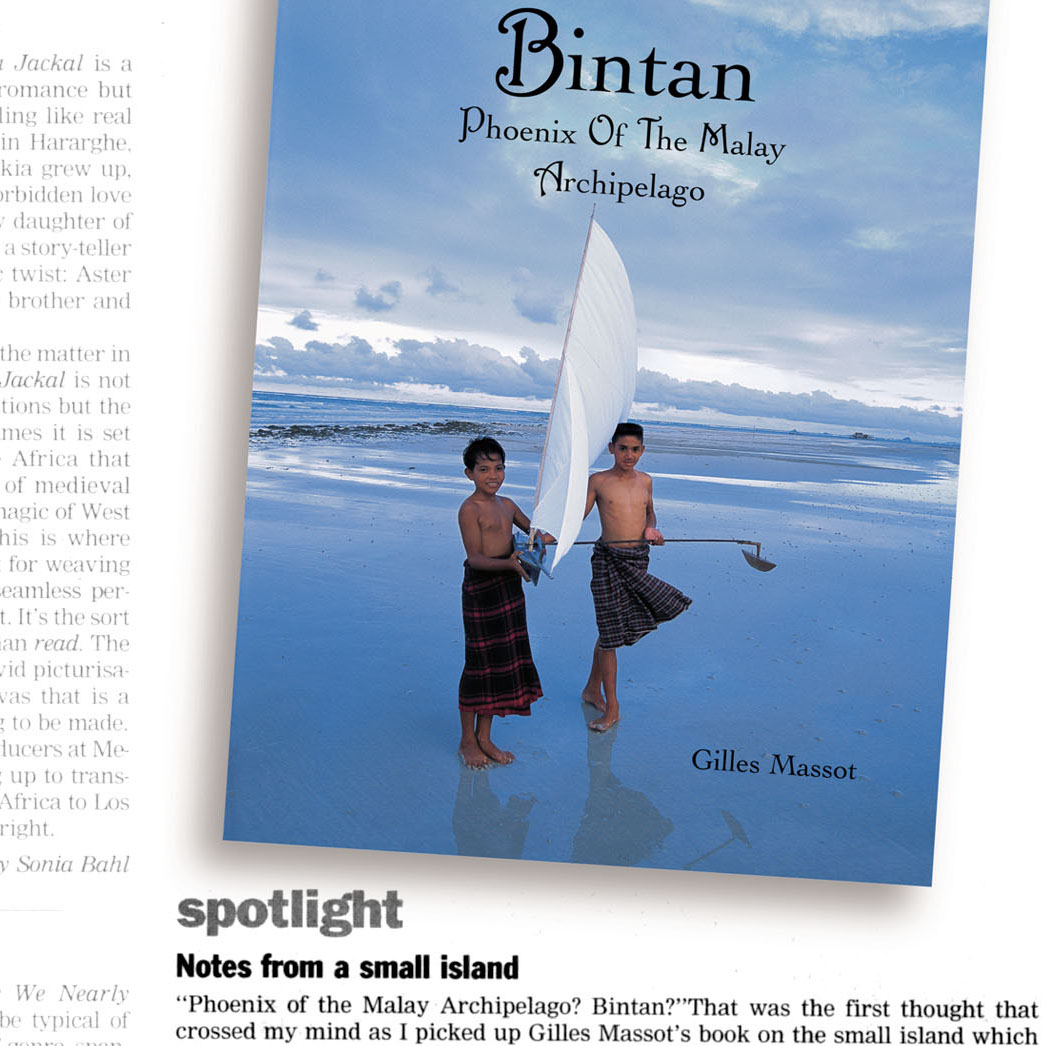A comprehensive insight into the life and times of Bintan, the ‘phoenix of the Malay Archipelago’, an island playing a pivotal role in the region’s past and present.
|
Introduction
Chronology and BibliographyReview
|
Between Legend and Reality: The Bukit Batu Cemetery of the Island of Bitan, Riau Archipelago
Gilles Massot and Ludvick Kalus
The many years of work on the island of Bintan and the surrounding Riau Archipelago were concluded in 2012 with the publication of an academic paper in Archipel, the scientific journal of the Ecole Française d'Extrème Orient, Paris, focusing on Southeast Asian topics. The article was an in-depth study of the historical cemetery of Bukit Batu where, according to the local tradition, a number of characters central to the narrative of chapter three in the Sejarah Melayu were buried.
The article was divided in two parts. The first part contained an archeological survey of the cemetery and its graves, and the deciphering of an arabic inscription, discovered and documented by Gilles Massot and interpreted by Ludvick Kalus. The inscription contained a date corresponding to the 16 April 1470, thus making it the oldest known inscription in Bintan. The second part was an ethnographic transcription of the oral traditions and legends surrounding this cemetery as received in the course of numerous conversations held with Pak Atan, the local wise man and last member of a line of keepers said to have looked after the graves of Bukit Batu for eight generations. His narrative mostly concerned the legendary apparition of Sri Tri Buana in Palembang and his coming to Bintan where the Queen Wan Seri Beni crowned him King of the Malay world. Pak Atan's narrative was then compared to the other two better known versions of the similar story found respectively in C.C. Brown's translation of Raflles MS 18 Sejarah Melayu and Leyden's Malay Annals, the first translation into English of the original 17th century manuscript titled Sulalat us-Salatin.
The article was divided in two parts. The first part contained an archeological survey of the cemetery and its graves, and the deciphering of an arabic inscription, discovered and documented by Gilles Massot and interpreted by Ludvick Kalus. The inscription contained a date corresponding to the 16 April 1470, thus making it the oldest known inscription in Bintan. The second part was an ethnographic transcription of the oral traditions and legends surrounding this cemetery as received in the course of numerous conversations held with Pak Atan, the local wise man and last member of a line of keepers said to have looked after the graves of Bukit Batu for eight generations. His narrative mostly concerned the legendary apparition of Sri Tri Buana in Palembang and his coming to Bintan where the Queen Wan Seri Beni crowned him King of the Malay world. Pak Atan's narrative was then compared to the other two better known versions of the similar story found respectively in C.C. Brown's translation of Raflles MS 18 Sejarah Melayu and Leyden's Malay Annals, the first translation into English of the original 17th century manuscript titled Sulalat us-Salatin.


